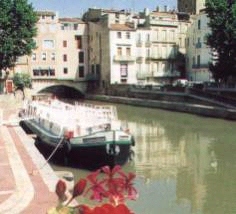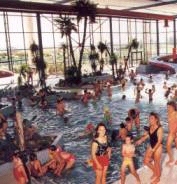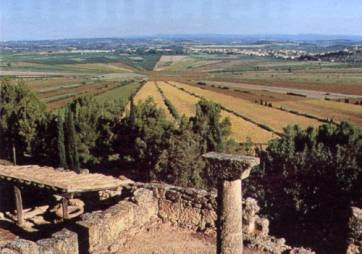Was founded about 600 BC. In 118 BC. it became the first town outside Italy to be colonized by Roman citizens, and was the old Roman port of Narbo Martius. Today
Narbonne is a lively town with a cosmopolitan town center, a very good Market on Thursdays, and one of the nicest covered Markets in the area.



